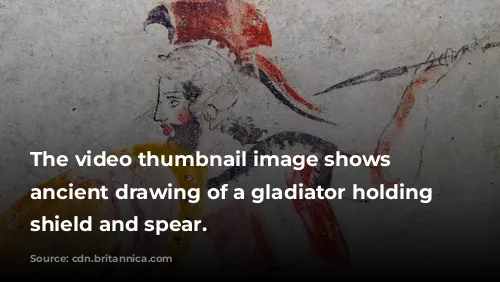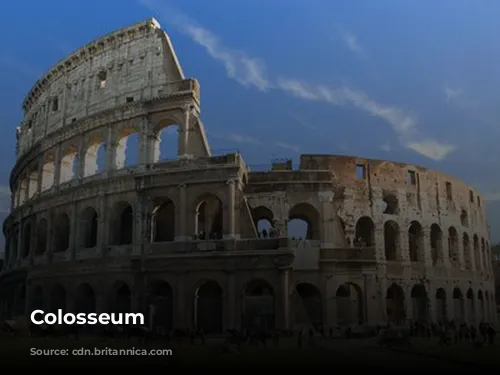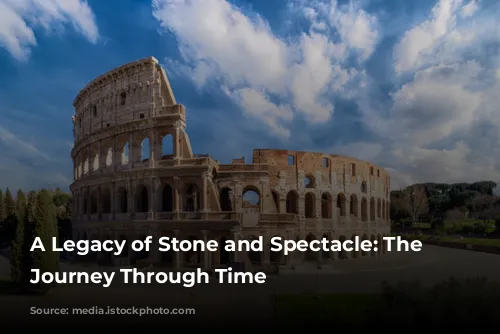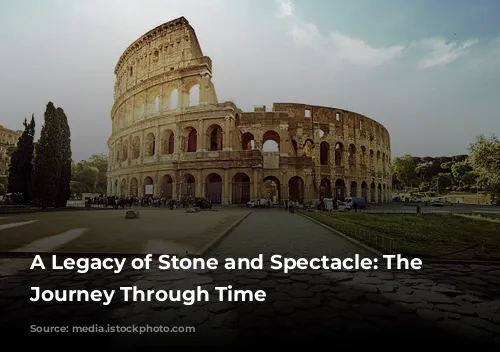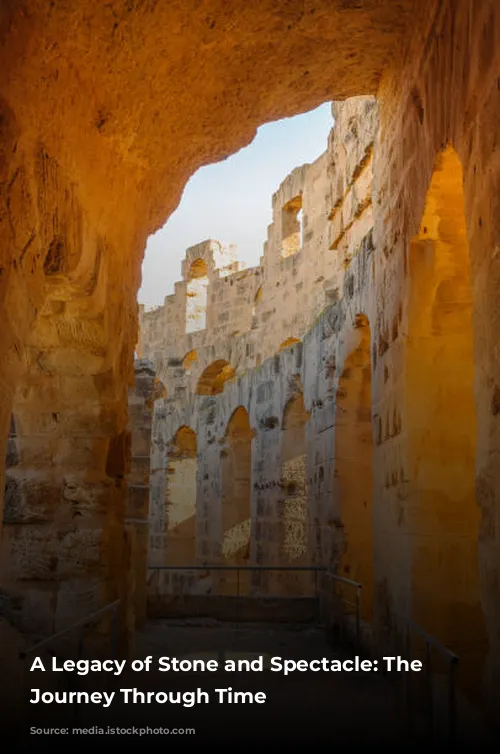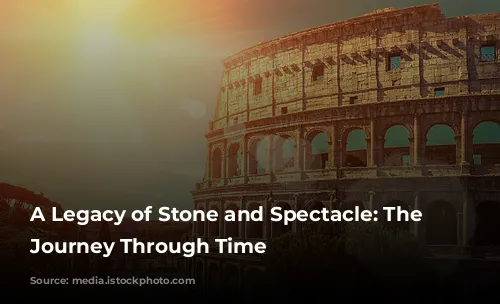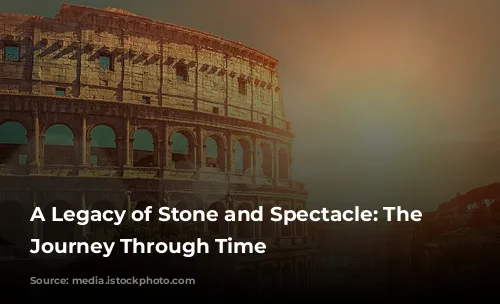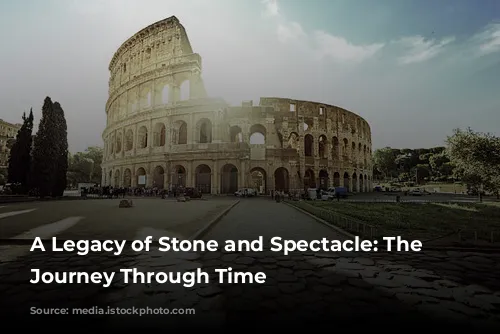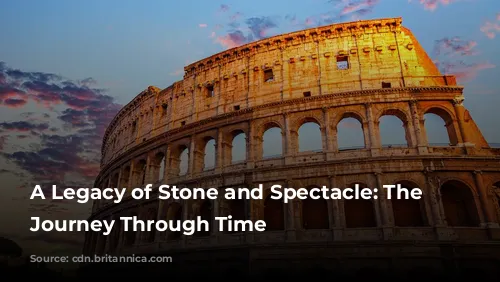The Colosseum, a majestic monument of ancient Rome, stands as a testament to the ingenuity and grandeur of the Roman Empire. It’s a time capsule, preserving a glimpse into a bygone era of gladiatorial combat, animal hunts, and thrilling spectacles. Beyond its historical significance, the Colosseum is a cornerstone of Italy’s tourism industry, drawing millions of visitors each year.
A Financial and Cultural Giant
The Colosseum, along with the Roman Forum and Palatine Hill, together generate millions in tourism revenue for Italy, solidifying their position as top tourist attractions. In 2018 alone, these sites raked in over $63.3 million (€53.8 million), a testament to their enduring allure and historical significance.
From Glory to Ruin, and Back
The Colosseum, once a symbol of Roman might, faced a period of neglect and repurposing following the decline of the Roman Empire. In the 12th century, the Frangipane and Annibaldi families used the arena as a fortress, while in the late 15th century, Pope Alexander VI allowed it to be used as a quarry. This period of neglect lasted for over a thousand years, leaving the Colosseum in a state of disrepair. Fortunately, state-funded restoration efforts began in the 1990s, breathing new life into this architectural masterpiece.
A Symbol of Imperial Power
The Colosseum’s construction was a grand project, initiated by the Roman emperor Vespasian in the aftermath of the turbulent “Year of the Four Emperors” in 69 CE. The emperor envisioned the Colosseum as a place of entertainment, hosting gladiatorial battles, animal hunts, and even mock naval battles, all aimed at revitalizing Rome and showcasing imperial power.
From Humble Beginnings to a Monumental Triumph
The Colosseum’s construction began under Vespasian between 70 and 72 CE, and the completed structure was dedicated in 80 CE by his son and successor, Titus. The Colosseum’s fourth story was added by the emperor Domitian in 82 CE. This architectural marvel was funded by the spoils of war, specifically from Titus’s sack of Jerusalem in 70 CE, and built using enslaved Jews from Judea.
A Triumph of Engineering and Design
The Colosseum, also known as the Flavian Amphitheatre, is an elliptical structure built of stone, concrete, and tuff, standing four stories tall. It measures an impressive 620 by 513 feet (189 by 156 metres) and had the capacity to accommodate a staggering 50,000 spectators. Its iconic use in gladiatorial combat further cemented its place in history and popular culture.
A Strategic Location and a Symbol of Power
The Colosseum’s location, just east of the Palatine Hill, on the grounds of Nero’s Golden House, was a strategic decision with both practical and symbolic significance. The artificial lake, once the centerpiece of Nero’s lavish palace, was drained, and the Colosseum was built in its place. This act symbolized Vespasian’s intention to replace the tyrannical emperor’s private indulgence with a public space for the enjoyment of the Roman people.
A Masterpiece of Roman Architecture
The Colosseum’s construction was a testament to Roman engineering and architectural prowess. Unlike earlier amphitheatres, which were often carved into hillsides for support, the Colosseum was a freestanding structure of stone and concrete. It employed a complex system of barrel vaults and groin vaults, and its exterior showcased the three main architectural orders: Doric, Ionic, and Corinthian. The Colosseum’s rising arrangement of columns became a cornerstone of Renaissance architecture, influencing the “assemblage of orders” principle. The structure’s main framework and facade were built of travertine, while the secondary walls used volcanic tufa, and the inner bowl and arcade vaults employed concrete.
A Venue for Spectacle and Entertainment
The Colosseum provided a thrilling spectacle for its 50,000 spectators, who were shielded from the sun by a massive retractable awning called a velarium. The velarium was supported by masts extending from corbels built into the Colosseum’s top story, and hundreds of Roman sailors were responsible for manipulating the rigging. The Colosseum hosted a wide range of events, including gladiatorial battles, animal hunts, and even mock naval engagements. While the Colosseum’s role in the martyrdom of early Christians is disputed, its history remains interwoven with the cultural and religious fabric of ancient Rome.
A Legacy of Resilience and Renewal
The Colosseum’s story is one of resilience and renewal. After centuries of neglect and misuse, the Colosseum faced damage from lightning, earthquakes, and vandalism. The marble seats and decorative materials were plundered, leaving the structure stripped bare for over a thousand years. The Colosseum’s revival began in earnest during the 19th century, with notable efforts by Pope Pius VIII, and gained momentum in the 1990s with a dedicated restoration project. Today, the Colosseum stands as a testament to its enduring power, captivating millions of visitors annually with its architectural grandeur and historical significance. Changing exhibitions relating to ancient Roman culture are regularly held, further enriching the experience for visitors and reminding them of the rich tapestry of Roman history woven into the very stones of the Colosseum.

